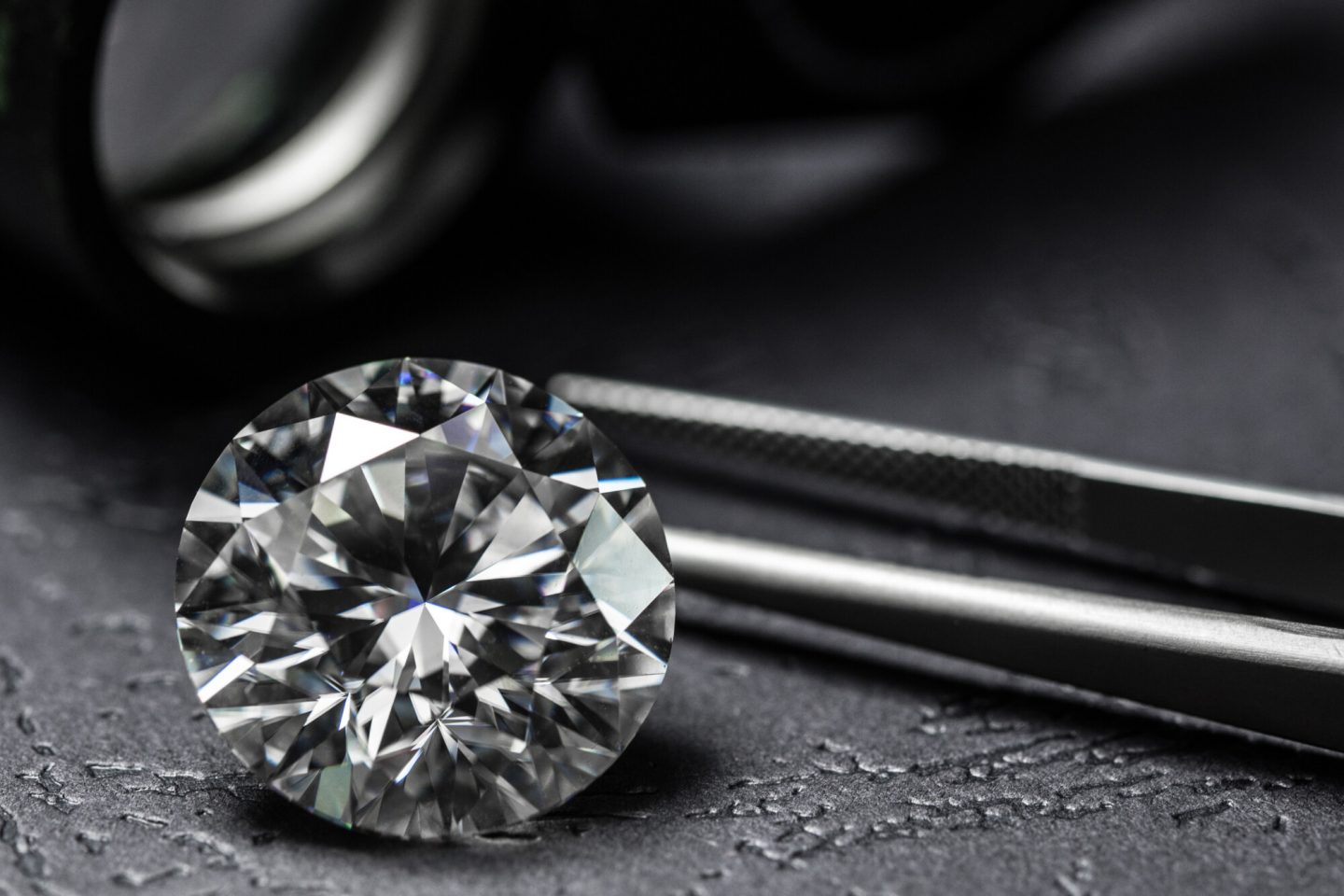
Diamonds are not forever, and in the future, we will have mined all of the available natural diamonds. It took the earth billions of years to create diamonds, and once those are gone there will be no more natural diamonds.
No one knows when the day will come when the diamond mines will dry up and no more natural diamonds will be available.
The lust for diamonds will certainly continue and that is where lab grown diamonds come into the picture. In this article, we will discuss lab grown diamonds vs natural diamonds.
How Natural Diamonds Were Created
The Earth formed diamonds 3 billion years ago about 100 miles under the Earth’s mantle, where the temperature is a perfect 1650 to 2370 degrees Fahrenheit.
Diamonds stayed there until deep volcanic eruptions expanded super-heated magma rapidly upward in certain locations through narrow paths. These paths are called kimberlite pipes because when the magma in them cooled it formed a mineral called kimberlite.
Diamonds were captured by the magma and traveled upward toward the surface with the magma, and they subsequently became embedded in the kimberlite that hardened from the magma.
How Lab Grown Diamonds Are Created
There are two methods used to create diamonds in the lab
High-Pressure High-Temperature (HPHT)
A tiny slice of diamond, called a seed, is placed within a specialized press along with a catalyst metal such as nickel or iron, with a pure piece of carbon placed on top of these materials.
The press heats up to 2900 degrees Fahrenheit and then applies immense to the heated material mix.
This pressure and temperature remain applied for 21-28 days until enough carbon atoms build around the diamond crystal to form the new diamond.
Chemical Vapor Deposition
A tiny slice of a diamond is placed inside a vacuum chamber along with a carbon-rich gas (such as methane) and either hydrogen or oxygen.
Then the chamber is heated to 3600 — 4530 degrees Fahrenheit. Or, ionized plasma (using lasers or microwaves) activates the process.
It also takes about a month for this process to complete the formation of a 1-carat diamond.
Are Lab-Grown Diamonds Real Diamonds?
Both are made of carbon and are chemically the same with one exception, natural diamonds contain trace amounts of nitrogen whereas lab diamonds do not.
Certified as the Same
Both types of diamonds are recognized as real diamonds by both the International Gemological Institute and the Gemological Institute of America.
Differences in Appearance
You cannot distinguish natural diamonds from lab diamonds with the naked eye. They share the same hardness and brilliance.
Lab Grown Diamonds vs Natural Diamonds: Price Differences
Lab grown diamonds cost 30-50% less than natural diamonds. Natural diamonds remain rare, there are only so many of them in the earth’s crust. Lab-grown diamonds can be created in larger quantities and continuously.
The benefits of the lower cost of lab grown diamonds:
- Lab diamonds are accessible to a wider range of buyers given their more economically friendly prices.
- With the same money you’d pay for a mined diamond, you can buy a lab diamond of a larger size.
A Diamond Is a Diamond
We hope this article settles the debate between lab grown diamonds vs natural diamonds.
Whether it was made within the earth or within a lab, natural and lab diamonds are virtually the same, rated the same way, and are made of the same stuff.
And now for the finest quality jewelry made from either natural or lab grown diamonds, please visit Oceanside Jewelers on the web or at our store.
